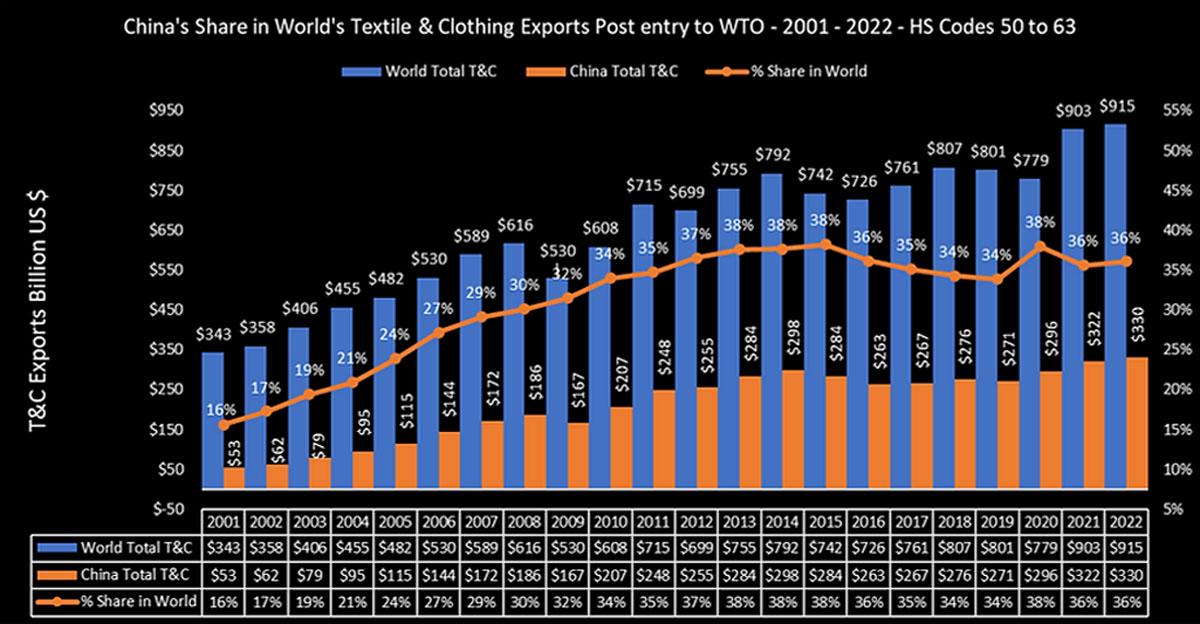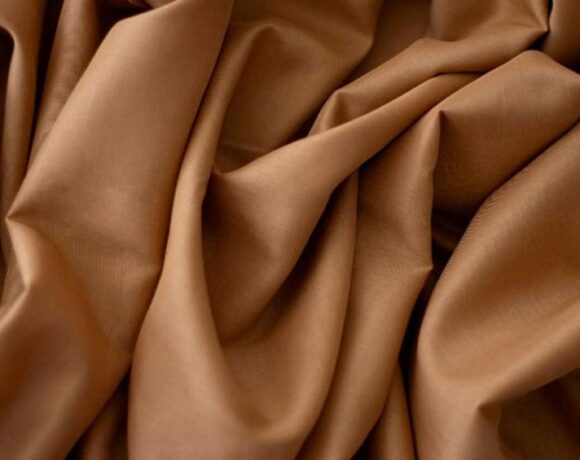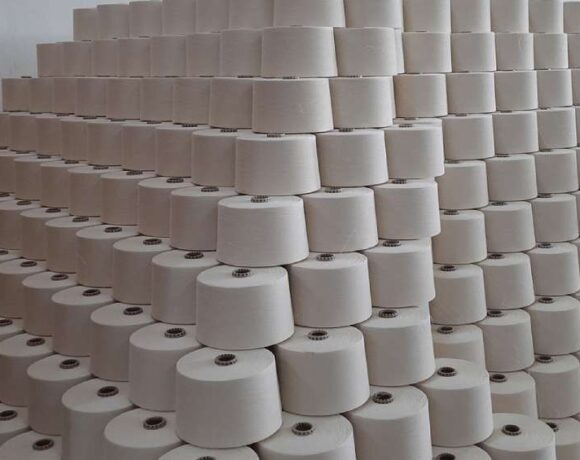Has China Plus One Helped Indian Textile & Garment Sector?

The ‘China Plus One’ strategy refers to a business strategy adopted by multinational companies, to diversify their production and supply chain activities by adding an alternative manufacturing or sourcing location to China and was introduced in 2013.
But has the China Plus One strategy worked to the advantage of countries like India, which is a competitor of China in exports of textile and garments to countries around the world. A study by Astute Consulting which analysed WTO data reveals that this did not happen.

In 2001, China’s market share of textile and apparel exports to the world was 16 percent and valued at over US $50 billion. This share peaked to 38 percent in 2014 and was valued at nearly $300 billion. This translates into a whopping jump of nearly $250 billion at a CAGR of 14 percent.
But China’s deteriorating competitiveness because of rising labour costs accelerated the shift of labour-intensive garment industry to low cost countries like Bangladesh and Vietnam. Between 2014 and 2019, China’s market share had dropped from 38 to 34 percent in the global textile and clothing trade.
In 2015, experts from the industry had predicted that China’s global market share of the global textiles and garment trade will fall to as low as 20 percent by 2025, thereby creating a prized sizeable market of over $200 billion for other competing countries, particularly India.
“However, nothing of this scale and magnitude happened. In 2022, China’s market share actually grew by two percent in a matter of three years and stood at 36 percent. So, instead of losing, China has regained two percent market share in the past three years,” Atul Singh, CEO of Astute Consulting said.
Actually, after China’s exports peaked in 2014, between 2014 and 2022, China has lost seven percent share in apparel exports, but has shown a remarkable gain of eight percent share in textile exports. This happened because garment production shifted to Bangladesh or Vietnam, these countries sourced yarn or fabrics from China.
So, did Indian textile and clothing exports industry gain from the China Plus One strategy. According to Astute Consulting, India’s textile and apparel exports have actually stagnated and its global market share has fluctuated at around four percent, despite the inherent strengths of the industry.

During the past decade, India has struggled to grow its textile and garment exports. Textile exports are stuck at the level of $19 billion, while clothing exports have stayed around $18 billion or $37 billion for combined textile and garment exports. Practically there has been no increase in overall numbers.
Whereas China, despite its several challenges and the China Plus One strategy has managed to increase its overall textile and clothing export values from $255 billion to $330 billion, while also managing to claw back its global market share by two percent.
China has successfully moved its positioning to become a high value textile and garment producer and that too, on a large scale, particularly in home textiles, man-made filaments, and knitted fabrics. The Chinese textile industry is also investing in producing new and innovative functional fabrics.
Unfortunately, despite extensive efforts and policy initiatives by the Indian government of India, the Indian textile and garment industry has not been able to realise its true potential. This is mainly due to the fragmented and small size of fabric or garment manufacturing factories in India.
The PLI scheme for the textile sector launched in 2020 has not yielded the desired results. The objective was to promote production of manmade textile and apparel products and also enable the textile industry to achieve size and scale; to become globally competitive and create more employment.
According to the Astute Consulting study, the government approved 64 out of 67 applications for investment. However, not a single plant has been set up even after two years and applications were withdrawn by several eligible companies.
“There is now news about Indian government planning to launch PLI 2.0 scheme, with reduced size of threshold investment, mainly due to the demands from the garment sector. But with this changed approach, the very objective of setting up large scale units in order to become globally competitive is defeated,” Atul Singh observed.
After the Mumbai textile mills strike in 1982, India entrepreneurs are discouraged from setting up large textile mills or set up garment factories which employ in the thousands, except for a few.
Not having a flexible and compliance based ‘hire and fire’ policy, discourages entrepreneurs from setting up large scale garment factories. Today, for any industrial unit employing over 300 workers the ‘hire and fire’ laws requires permission from the government.
India has lost the opportunity made available by China in vacating the garment export space to Bangladesh and Vietnam. Bangladesh’s clothing exports at $45 billion and Vietnam’s at around $35 billion in 2022 are 2.5 times and 2 times respectively, the size of India’s apparel exports.














